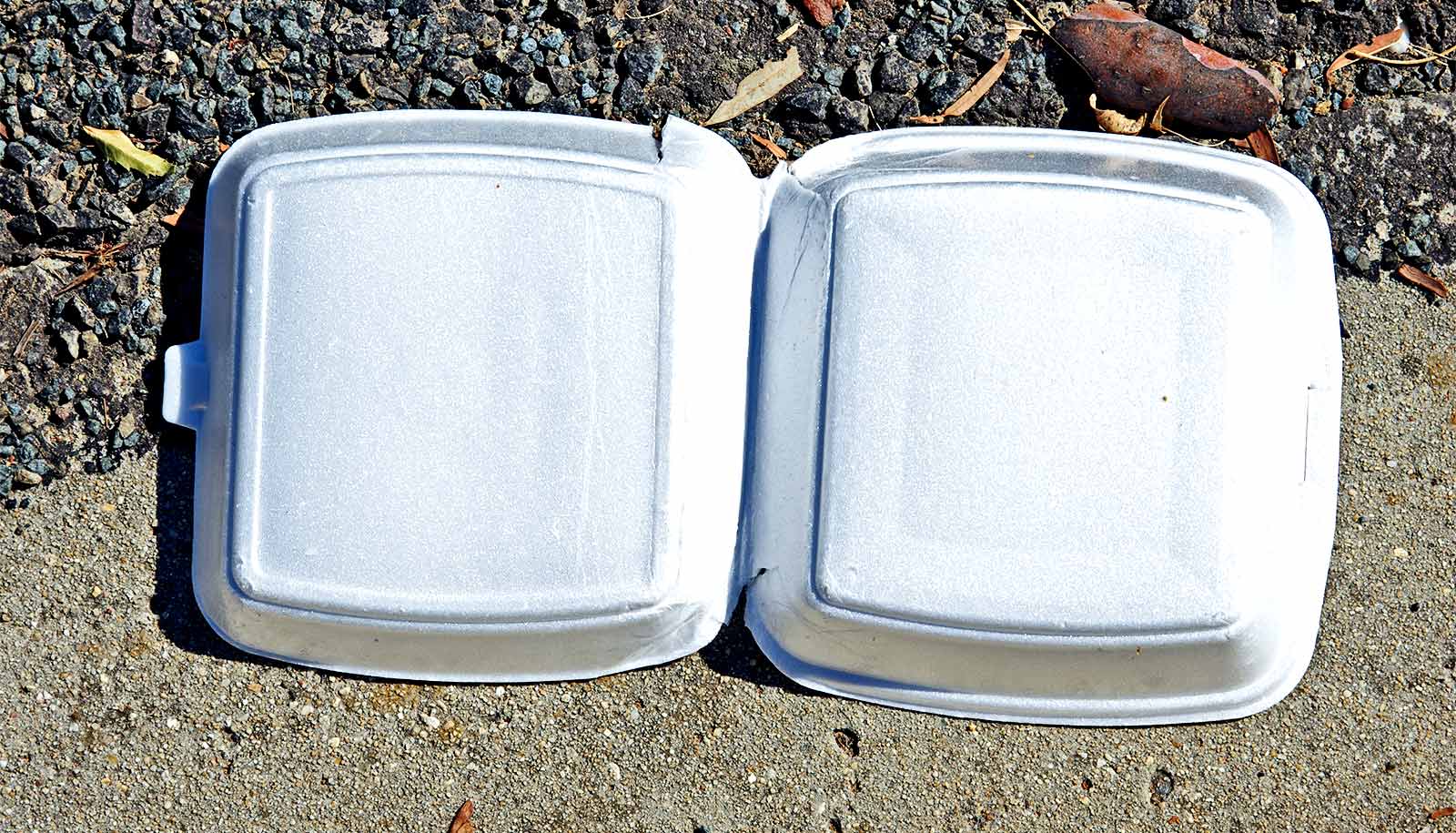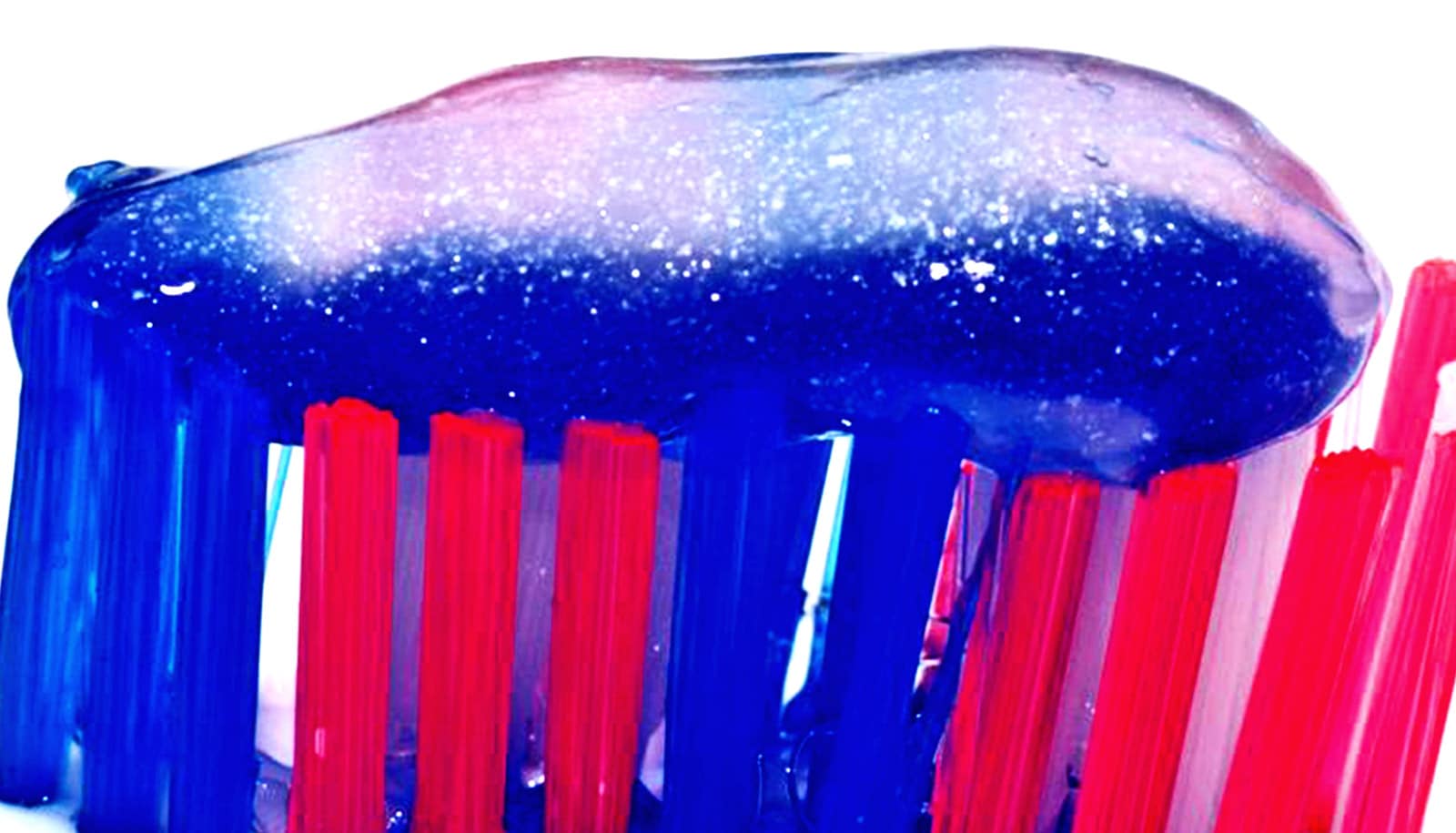The styrofoam container that holds your takeout cheeseburger may contribute to the population’s growing resistance to antibiotics.
Discarded polystyrene broken down into microplastics provides a cozy home not only for microbes and chemical contaminants but also for the free-floating genetic materials that deliver the gift of resistance to bacteria, researchers say.
A paper in the Journal of Hazardous Materials describes how the ultraviolet aging of microplastics in the environment make them apt platforms for antibiotic-resistant genes (ARGs).
These genes are armored by bacterial chromosomes, phages, and plasmids, all biological vectors that can spread antibiotic resistance to people, lowering their ability to fight infections.
The study also showed chemicals leaching from the plastic as it ages increase the susceptibility of vectors to horizontal gene transfer, through which resistance spreads.
“We were surprised to discover that microplastic aging enhances horizontal ARG,” says Pedro Alvarez, professor of civil and environmental engineering and director of the Rice University-based Nanotechnology Enabled Water Treatment Center.
“Enhanced dissemination of antibiotic resistance is an overlooked potential impact of microplastics pollution.”
The researchers found that microplastics (100 nanometers to five micrometers in diameter) aged by the ultraviolet part of sunlight have high surface areas that trap microbes. As the plastics degrade, they also leach depolymerization chemicals that breach the microbes’ membranes, giving ARGs an opportunity to invade.
The researchers note that microplastic surfaces may serve as aggregation sites for susceptible bacteria, accelerating gene transfer by bringing the bacteria into contact with each other and with released chemicals. That synergy could enrich environmental conditions favorable to antibiotic resistance even in the absence of antibiotics, according to the study.
Additional coauthors are from Zhejiang University, Nanjing Tech University, the University of Houston, and Rice.
The Natural Science Foundation of Jiangsu Province, National Natural Science Foundation of China, and the National Science Foundation funded the work.
Source: Rice University


